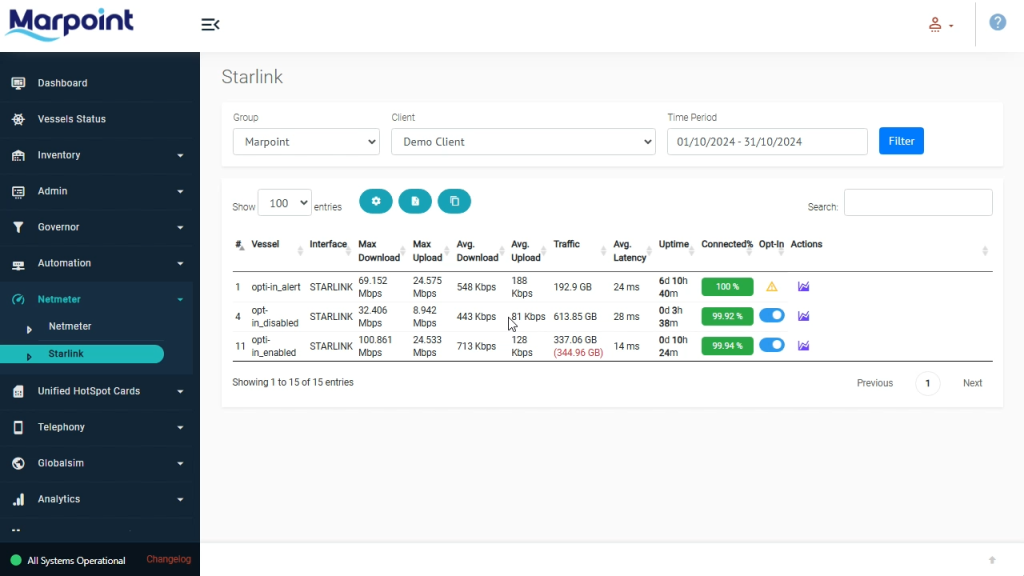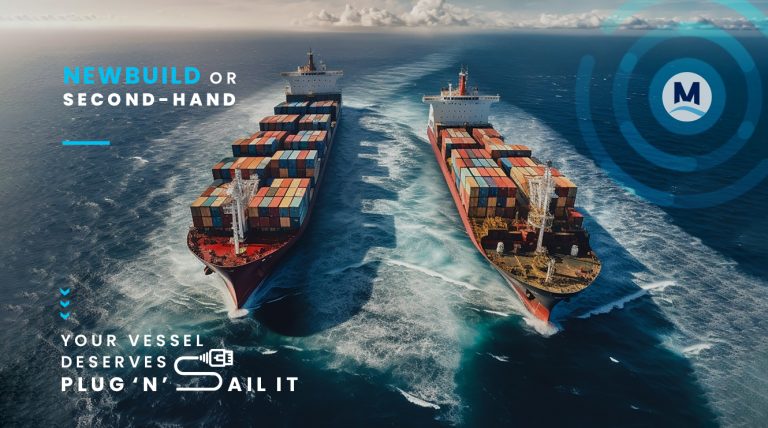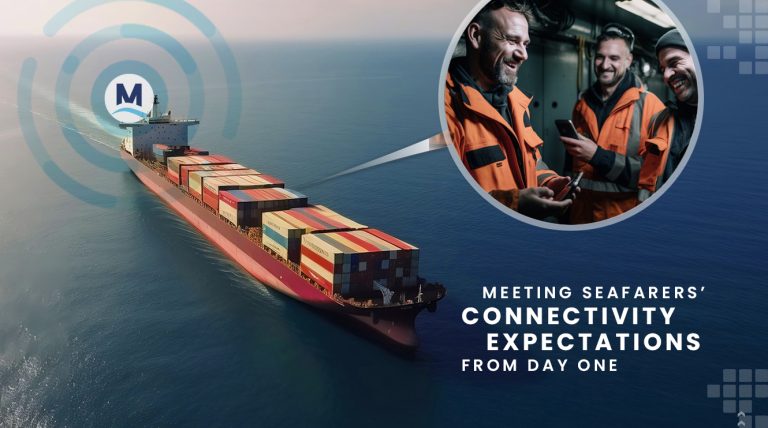Estimated reading time: 4 minutes, 20 seconds.
Maritime connectivity has revolutionized ship operations. LEO satellite constellations like Starlink provide high-speed, low-latency internet, even in remote waters. Multi-WAN with Auto-Gateway Selection and Load Balancing optimizes network performance and resilience by managing multiple connections. This ensures uninterrupted service, enhances crew welfare, and supports efficient operations, regardless of the vessel’s location.
Multi-WAN for Maritime: Adaptive Connectivity with Auto-Gateway Selection
Multi-WAN setups enable vessels to connect to multiple airtime providers, ensuring continuity when a primary connection is unavailable or unstable. The Auto-Gateway Selection feature enhances this flexibility by automatically switching between networks based on availability, signal strength, and cost parameters. For instance, a vessel relying on Starlink while at sea may need to switch to an alternative WAN, such as VSAT or 5G, when entering or docking at a port where Starlink service is restricted. This adaptability is crucial for efficient network management and cost optimization in dynamic maritime environments.
Maximizing Bandwidth Efficiency with Load Balancing
Load balancing within a multi-WAN setup takes connectivity optimization a step further by distributing traffic evenly across all available links. By balancing network traffic, vessels can avoid congestion, minimize latency, and maximize throughput, particularly during peak usage. For instance, load balancing can prioritize operational data, ensuring consistent performance for mission-critical applications, while allowing crew internet usage to flow smoothly across available connections. This approach effectively utilizes available bandwidth and supports a positive user experience for all onboard systems.
How Auto-Gateway and Load Balancing Work Together
When combined, Auto-Gateway Selection and Load Balancing offer a powerful toolkit for real-time adaptability. As network conditions change, Auto-Gateway prioritizes the best available connection, while Load Balancing ensures even distribution of network traffic. This synergy is particularly beneficial for vessels allowing for prioritized data traffic, automatic failover to backup connections, and optimized performance under all conditions.
Enhance Bandwidth Control with Starlink Opt-In Service:
Our new Starlink opt-in service, offers uninterrupted connectivity when Starlink bandwidth usage exceeds the package limit. Once activated, this service bypasses the package restrictions, maintaining the Starlink connection without switching to an alternative provider like VSAT or 5G. For vessels reliant on high-capacity data transfers, this Starlink service becomes a vital asset in network resilience.

Configuration Examples and Best Practices
Configuring a multi-WAN setup for optimal performance requires thoughtful prioritization and failover settings. For example, maritime IT teams might prioritize a low-latency 5G connection near shore, followed by Starlink as the primary offshore connection, with VSAT as a final backup. Another best practice is to use load balancing to assign specific WANs to different types of traffic, such as separating operational data from crew internet usage. Additionally, teams should establish clear policies for bandwidth allocation to prevent non-essential applications from impacting mission-critical systems.
Challenges and Troubleshooting Techniques
While multi-WAN setups offer significant benefits, they come with unique challenges, including managing diverse airtime providers’ compatibility and handling unexpected failover failures. Troubleshooting techniques can involve systematically isolating WAN links to diagnose connection issues or adjusting load balancing parameters to address traffic bottlenecks. Regularly testing failover protocols is another key practice to ensure the system performs as expected in live conditions. Leveraging monitoring tools to detect early signs of degradation and tracking network performance can help maritime IT teams proactively manage potential issues.
Monitoring and Troubleshooting a Multi-WAN Setup
Effective monitoring is essential for maintaining optimal multi-WAN performance. Real-time monitoring tools track connection quality, data throughput, and failover events across multiple WAN links. This early detection of issues like bandwidth bottlenecks prevents unexpected downtime. Troubleshooting involves isolating problems, testing failover configurations, and adjusting load balancing parameters to restore network efficiency. Proactive monitoring ensures continuous connectivity and high service levels in dynamic maritime environments.
Security Considerations for Multi-WAN Setups
As cyber threats in the maritime industry grow, securing a multi-WAN setup is critical. Here are some essential security best practices for multi-WAN configurations:
- Firewall Configurations: Configuring firewalls on each WAN link prevents unauthorized access and controls traffic based on security policies.
- Intrusion Detection Systems (IDS): Deploying IDS helps monitor network activity for signs of malicious activity and can alert IT teams to potential breaches.
- Encryption Protocols: Implementing encryption for data transmissions across all WANs protects sensitive information from being intercepted.
- User Authentication and Access Control: Enforcing strong user authentication, such as multi-factor authentication, ensures only authorized personnel access the network, enhancing overall security.
These security practices can help maritime IT teams create a resilient, protected multi-WAN setup, minimizing the risk of cyber incidents and safeguarding critical vessel operations.
Evo2 Router: Optimized Multi-WAN Management
Evo2 Router enhances maritime network management by providing seamless multi-WAN integration across all airtime providers. Designed with advanced failover and load-balancing capabilities, the Evo2 Router allows maritime IT teams to prioritize critical data traffic dynamically, adapting to changing network conditions without interruption. Additionally, the new Starlin opt-in service bypasses the package restrictions, maintaining the Starlink connection without switching to an alternative provider like VSAT or 5G.





